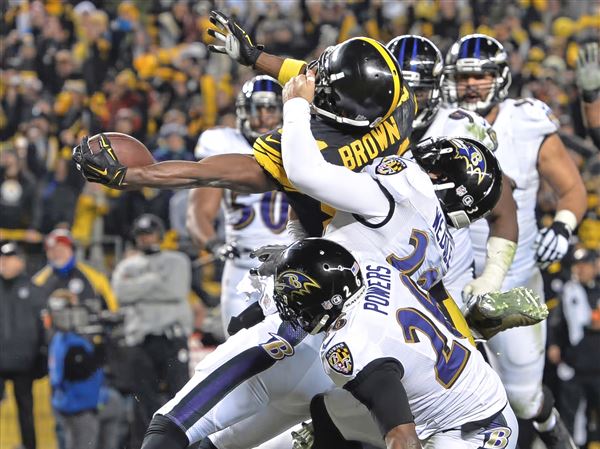Rap and hip-hop music is not just entertainment, it's exploiting black adolescent girls and promoting unhealthy lifestyles, a researcher says.
"Black girls are not seeing positive images of who they are and what they can be," said Carolyn West, associate professor of psychology and the study of prevention of violence at the University of Washington. "Looking at the sexual imagery really impacts on the functioning of teenage girls."
Dr. West is among several national experts who will be speaking this weekend at "The Sexualization of Children," the eighth annual Childhood & Society Symposium at Point Park University, Downtown. The symposium opens today and Dr. West will speak tomorrow on the effects of rap and hip-hop music.
Hip-hop culture was created in the early 1970s by black and Latino youth living in the economically depressed South Bronx, exposing the public to social problems like drug abuse, racism and gang violence in their neighborhoods.
As hip-hop turned into a global phenomenon it began to influence language, fashion and ways that youth interacted with each other.
"What's changed over time is the greater sexualization of hip-hop. Initially, it started off as a revolutionary form of music. Now, large corporations produce images that sell, and there is a blatant link between hip-hop and pornography," Dr. West said.
Black adolescent girls are being bombarded with graphic sexual images, she said. Black Entertainment Television, for example, plays more than 15 hours of music videos per day.
According to Dr. West, rap music identifies young black women in five sexual personas: Diva, a woman who trades sexual favors for luxury; Gold Digger, a woman who trades sexual favors for basic necessities and leaves men bankrupt; Freak, a sexual powerhouse; Gangster Bitch, a "tough" girl; and Baby Mama, a child's needy mother.
The most popular song that openly promotes this belief system is "Gold Digger" by Kanye West: "She take my money, well I'm in need/Yeah she's a triflin' friend indeed/Oh she's a gold digger way over time/That digs on me." The accompanying music video shows women provocatively dancing in black lingerie and posing in sexual positions.
When young black women listen to lyrics and watch images that promote sexual conduct, they take on the persona that is illustrated in the music and treat themselves as sexual objects.
"It sets the foundation for future victimization and causes teen pregnancy and sexually transmitted diseases," Dr. West said. In 2005, nearly 50 percent of the people diagnosed with HIV/AIDS in the United States were black, according to the Centers for Disease Control and Prevention, even though black people make up just 13 percent of the population.
"Hip-hop is only one part of the problem, but if we don't start addressing it, too many young people are not going to be able to function in society, and there will be higher rates of HIV and other STDs," she said.
Parents need to intervene and monitor the type of music their children listen to. Parents need to talk with their children about the different images portrayed in music and why these images can create problems.
The public can still sign up to attend the symposium, which costs $125.
For details and full agenda, go to www.pointpark.edu/childhoodsymposium or call Rachel Dissell at 412-392-3860 for more information.
First Published: June 13, 2008, 4:00 a.m.
















